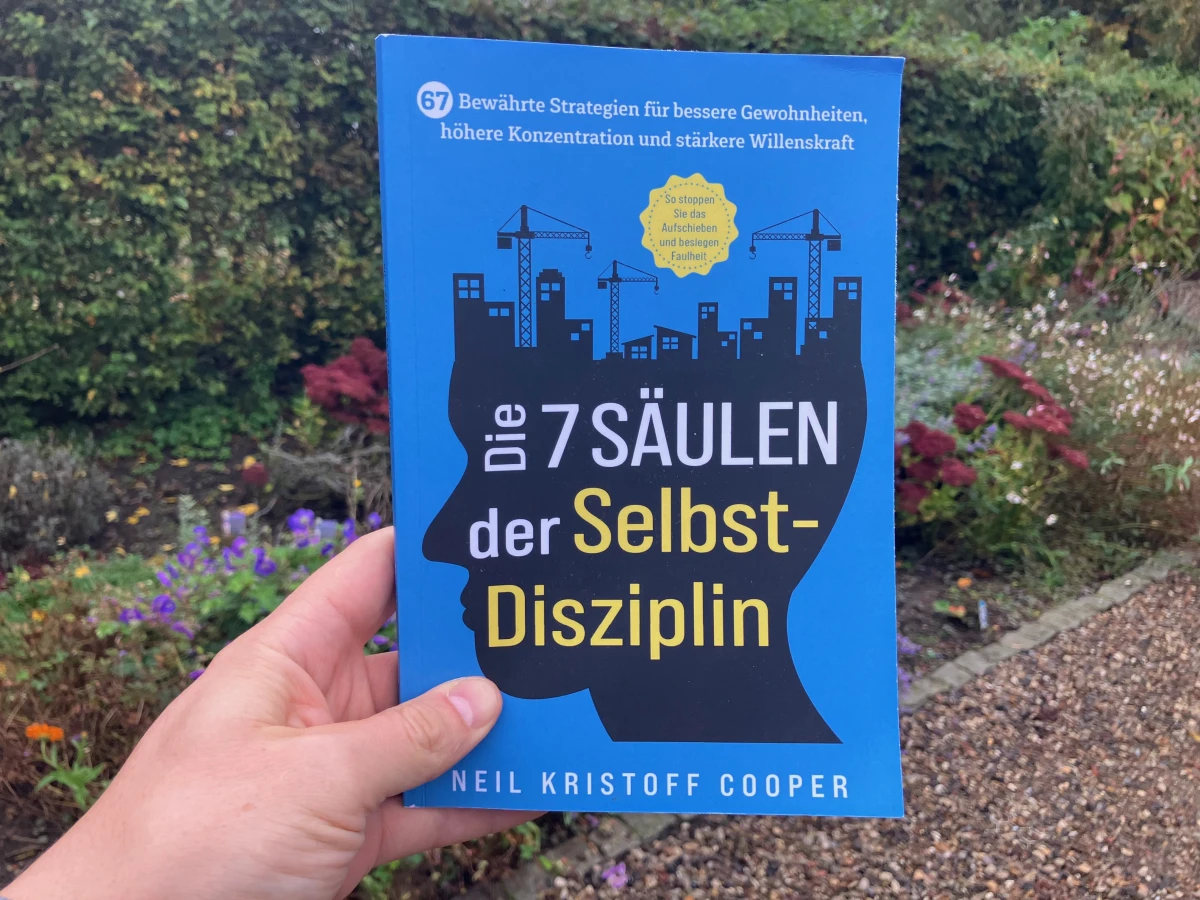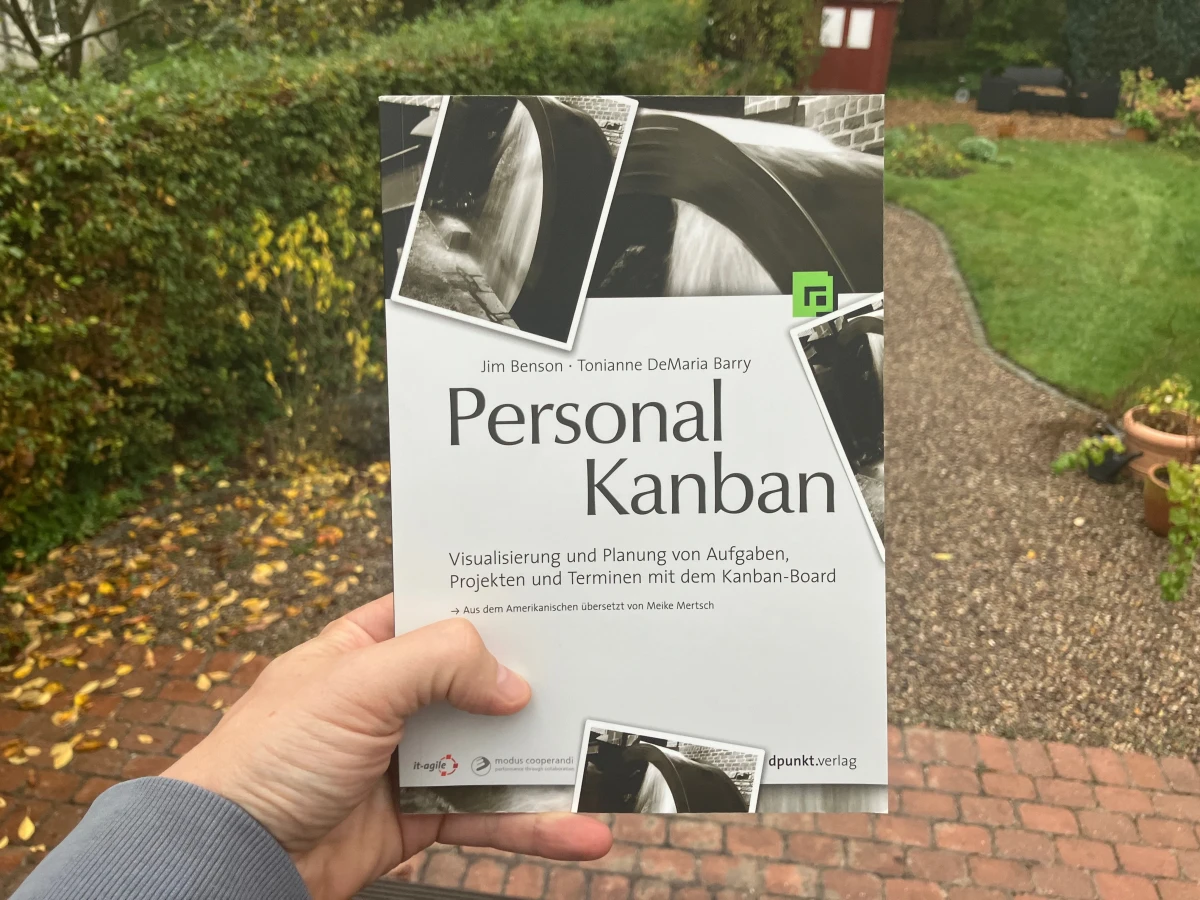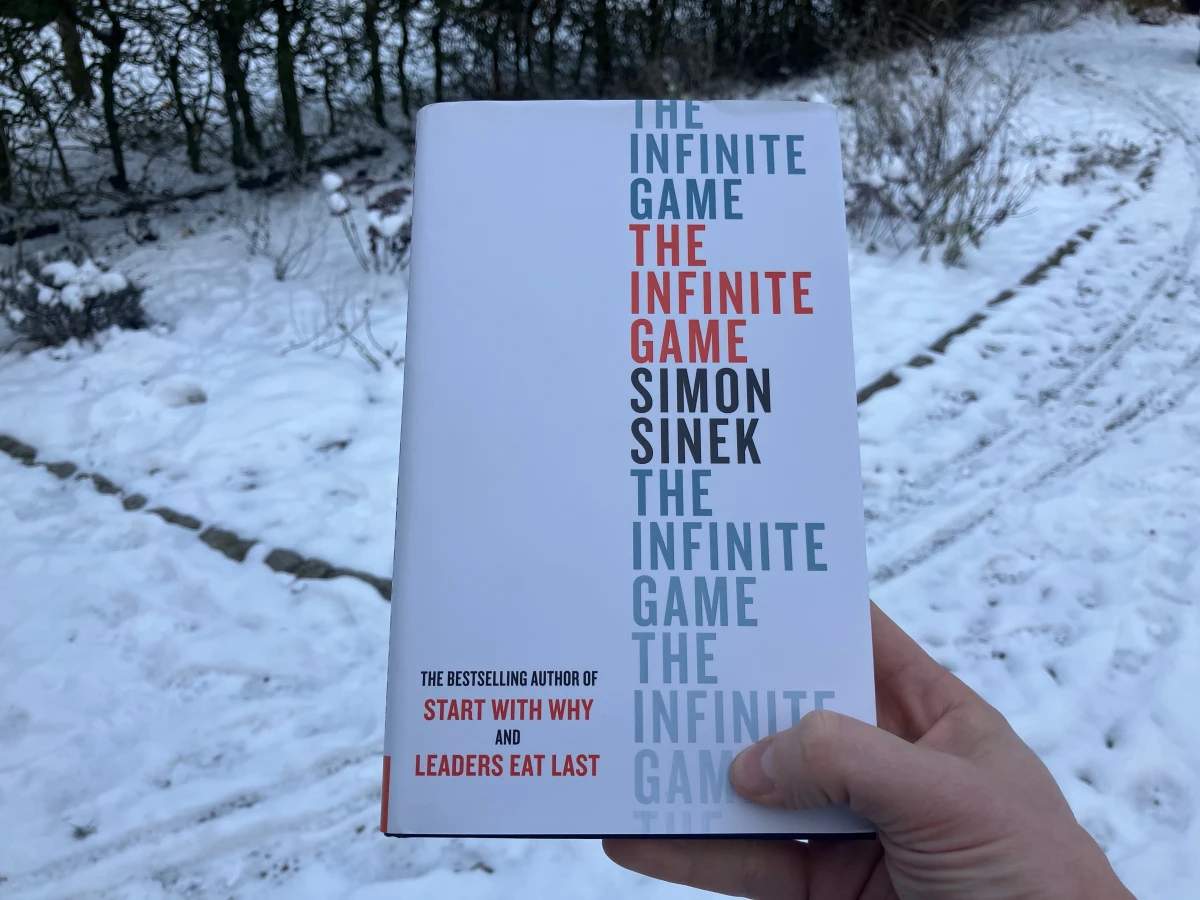Newsletter #004 - Fitness and reading as a perfect combination
Let me share my insights into why I think fitness and reading go together so well. Additionally, I finished my book challenge series, with the explanations of books 16 to 20. So here we go!

Healthy Mind in a Healthy Body
In the last month, I have been thinking a lot about staying fit, even though my body is starting to show clear limits. I have written a short series of articles (Part 1, Part 2) about the 10 rules for high energy at 40+. In addition to these thoughts, I constantly challenged myself and started the 100 push-ups for a 100-day challenge since February.
Because I know one thing for sure: If I want to travel a lot more, meet exciting people while doing sports anywhere on this planet, or read inspiring books in idyllic places, I have to take care of my body. I have slowly found a good way to be mindful of this.
The next step is to draw the correct conclusions from the many pieces of wisdom. That's why, after introducing the last five books in my book challenge, I will begin in the following newsletter to introduce the many great drawings, memes, and sketch notes I have collected over the years on LinkedIn and Medium. The variety of topics is enormous - but don't worry, I will divide it into easy-to-understand chapters and work it out for you. But first, to conclude the current series books 16 to 20.
Book Challenge part 4 of 4
You find the first, second and third section in earlier newsletters. Now, we continue directly with books 16 to 20.
Book 16 - The 7 Pillars of Self-discipline
This is the second book I have from my son's reading treasury. I found this magnificent copy at his place next to the Café on the Edge of the World - to be precise, he had it with him on our last summer vacation in Sweden. While looking for my next book, I discovered it in the stack of books in our camper van.
Neil Cooper describes the connection between habits and self-discipline in great detail. He divides his book into chapters for each relevant pillar. I find pillar 5—the process—and pillar 7—measuring—particularly important. The other pillars are not irrelevant but have already been covered in other books.
I added the book to my list because it provides a practical new approach to counteracting my procrastination, an annoying trait that prevents me from progressing better. The combination of Neil's process principles, the feedback cycle through measurement, and my bullet journal gives me a vehicle to achieve results on a never-before-seen scale.

Book 17 - Homeland
My journey into the world of Faerûn began inconspicuously with the first novel, recommended by my brother in the mid-nineties. This laid the foundation for my enthusiasm for fantasy in this type of reading and role-playing game - especially Dungeons & Dragons.
After I had forgotten the content, I started the series again 15 years later - this time in English. And the heroes still accompany me to this day. On the one hand, the book series, of which I am on the penultimate volume of 42. On the other hand, my renewed passion for role-playing games manifests in my table-top role-playing group in Faerûn.
I recommend this book as an introduction to fantasy for anyone who loves or wants to learn to love it. You will have fun diving into a unique world of heroes, magic, and villains.

Book 18 - Personal Kanban
Transferring the agile way of working to your everyday planning can work, but it doesn't have to. This approach is evident, and I wouldn't have tried it without this book. I can't explain it, but it wouldn't have occurred to me to use this methodology from IT in everyday life.
This methodology works particularly well with my bullet journal. I structure my projects in collections. The tasks for each project arise as needed, as they occur to me, and are collected for the time being so that I don't forget anything and have a clear head (my backlog). In my goal definitions, I set priorities for each time frame (annual, monthly, or weekly goals) and transfer the small-scale tasks to my daily journal.
By completing tasks before starting new ones, my work-in-progress is ideally 1 - no multitasking and no getting bogged down. I use the different transfers in the bullet journal (daily, weekly, monthly, or into a new journal) for reflection or retrospectives (to stay in Kanban wording).
This way of managing my tasks has had such a significant impact on my work and satisfaction that this book had to be on my list. Even if you don't come from an IT environment, don't be put off—give the book a chance. As mentioned above, it is recommended.

Book 19 - The DevOps Handbook
This book changed the way I think about development and operations. Instead of separating them, they belong together—of course, I would scream today! At the beginning of my IT career, however, assembling a package and handing it over to someone from the operations team was common practice. If I tried, I would attach a readme file to clarify the infrastructure needed to run it. This approach was incredibly naive, completely ungrateful, and disrespectful to the operations department.
Fortunately, things are different today, and the principle of You build it, you own it is becoming more widespread. A key cornerstone of this movement is the DevOps Handbook, which describes how this new value chain can be lived and implemented and shows pitfalls and best practices.
This book's lasting influence on my work environment and style has prompted me to include it in the list. Although irrelevant to people outside the IT environment, it is a must-read for everyone else.

Book 20 - The Infinite Game
I was fascinated by the distinction between two thought patterns in this book. One is pursuing a goal I am familiar with—the finite game. I can think a lot about this type of goal and its fulfillment, but I still see no point in not being happy. And that's where the other thought pattern comes in—the infinite game with no end that keeps going.
The key is not winning or striving to be the best but striving for a "just cause" - a profound reason - to constantly develop and serve a purpose greater than oneself.
With this new thought pattern, it is much easier for me to plan for the future, discard old goals, and define new ones. And why? Because I align my actions with my values. If something is unsuitable for me, it goes against my values, and I banish it from my life without thinking about it further. If I can't change it, I put up with it and make sure it is bearable. At this point, I guess I became a stoic.

Link recommendations
Link 1 Marketing without social media
The article offers a well-written list of five approaches to marketing yourself or your service without social media. Guest articles and podcasting, among others, are great ways to get seen by other people's audiences and build credibility. For all options, follow the link.
Link 2 Developer Tools Recommendations
This link provides a list of valuable resources for development work (e.g., Polypane and ResponsiveApp), with some sidekicks for design (e.g., UI Movement) and blogging code content (e.g., Carbon). It's worth checking out.
Link 3 The Minimalist Productivity System (6 Years of Work in 6 Months)
In the article, Dan Koe describes his approach to getting a lot done in a short amount of time. His core thesis is that rest and focus are prerequisites for practical work. The rest creates space to think, to save work, and thus, according to his statement, to reduce the deployment from 6 years to 6 months. Provocative and, therefore, worth reading.
Server Side Stories
In case you missed the latest episodes of my podcast, I recommend checking it out. Find some details here:
- Episode 7: In this episode of Server Side Stories we shed light on a much-discussed topic: What exactly defines a "good" developer?
- Episode 8: Dotfiles in everyday developer life. Is efficient management of configuration files a waste of time?
You can subscribe to the podcast on Spotify and Apple Podcast. Keep in mind the podcast is in German.
Thanks for reading my newsletter.
All the best – Mark.